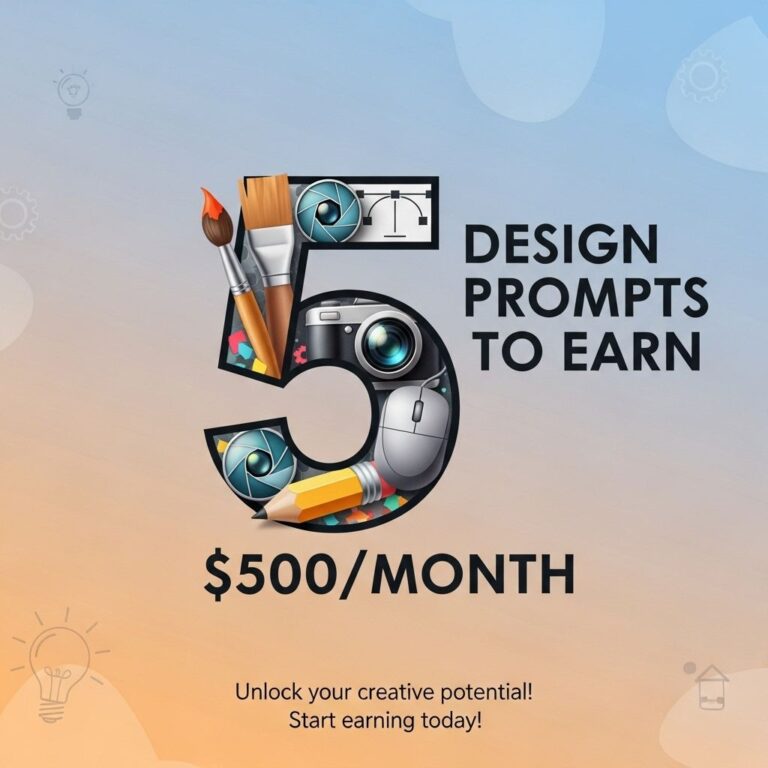Creating a logo is an essential step in establishing a brand’s identity. A well-designed logo not only captures the essence of a company but also resonates with its target audience. For beginners, diving into the world of logo design can be daunting. This article aims to provide practical tips that can help novice designers create striking logos that stand out in a crowded marketplace.
Table of Contents
Understand the Brand
Before embarking on the logo design process, it’s crucial to have a deep understanding of the brand you are designing for. A logo should reflect the company’s values, mission, and target audience. Here are steps to grasp the brand better:
- Research the Company: Look into the company’s history, vision, and competitors.
- Identify the Target Audience: Determine who the logo needs to appeal to.
- Analyze Competitors: Study logos from similar brands to see what works and what doesn’t.
Sketch Your Ideas
Once you have a solid understanding of the brand, it’s time to brainstorm and sketch your ideas. This phase is crucial for creativity. Here are some tips:
Brainstorming Techniques
- Mind Mapping: Write down key concepts associated with the brand and create branches for each.
- Thumbnail Sketching: Quickly sketch multiple designs without overthinking to encourage exploration.
- Word Association: Jot down words that relate to the brand and sketch ideas based on them.
Choose the Right Color Scheme
Color plays a pivotal role in logo design. Different colors evoke different emotions and perceptions. Here’s a breakdown of popular colors and their meanings:
| Color | Meaning |
|---|---|
| Red | Passion, Energy |
| Blue | Trust, Stability |
| Green | Growth, Nature |
| Yellow | Optimism, Clarity |
| Purple | Luxury, Creativity |
| Black | Elegance, Sophistication |
Typography Matters
The choice of typeface can significantly influence the perception of the brand. When selecting typography, consider the following:
Font Styles
- Serif Fonts: Often seen as more traditional and formal.
- Sans-serif Fonts: Modern and clean, often used for tech brands.
- Script Fonts: Elegant and personal, good for brands focused on creativity.
Readability
Ensure that the font is legible at various sizes and works well in different formats. Avoid overly complicated fonts that can confuse the viewer.
Keep It Simple
A logo should be easily recognizable and memorable. Simplifying your design can help achieve this goal:
Minimalism
Adopting a minimalist approach can enhance a logo’s effectiveness. Consider these aspects:
- Avoid excessive details that may clutter the design.
- Use a limited color palette to maintain cohesion.
- Ensure scalability; a logo should work well on a business card as well as a billboard.
Make it Versatile
A great logo should be versatile enough to work across various mediums and applications. Here are some tips:
Adaptability
Design your logo so that it can be displayed in different formats:
- Full Color: Use the complete color scheme for digital platforms.
- Monochrome: Ensure the logo looks good in one color for fax or print.
- Responsive Design: Create variations of the logo for different screen sizes.
Seek Feedback
Receiving constructive criticism can significantly improve your design. Consider these feedback sources:
Feedback Techniques
- Peer Reviews: Share designs with fellow designers or friends for their thoughts.
- Focus Groups: Test your designs with potential customers to gauge their reactions.
- Online Surveys: Use platforms like SurveyMonkey to collect more extensive feedback.
Refine Your Design
After gathering feedback, it’s time to refine your logo. Here are steps to ensure your design is polished:
- Iterate: Make adjustments based on the feedback and keep refining.
- Test in Context: Visualize the logo in real-world scenarios, such as on packaging or marketing materials.
- Finalize: Prepare different file formats (like .ai, .png, .svg) for various uses.
Stay Inspired
As a logo designer, keeping your creativity alive is essential. Here are ways to stay inspired:
- Explore Design Portfolios: Websites like Behance or Dribbble showcase talented designers.
- Follow Trends: Stay updated with design trends through resources like Awwwards.
- Participate in Design Challenges: Engage in online design challenges to push your creative boundaries.
Conclusion
Creating a logo as a beginner can be an exciting yet challenging journey. By understanding the brand, sketching ideas, and focusing on simplicity and versatility, you can craft logos that truly represent a company’s identity. Don’t hesitate to seek feedback and refine your designs. Remember, every great designer was once a beginner, so keep practicing and stay inspired!
FAQ
What are the key elements of effective logo design?
Effective logo design should be simple, memorable, timeless, versatile, and appropriate for the brand it represents.
How do I choose the right colors for my logo?
Choose colors that align with your brand’s personality and values. Research color psychology to understand how different colors can evoke specific emotions.
What file formats should I use for my logo?
For digital use, PNG and JPEG are common formats. For print, use vector formats like SVG or AI to ensure scalability without loss of quality.
How important is typography in logo design?
Typography is crucial in logo design as it communicates the brand’s identity. Choose fonts that are legible and reflect the brand’s character.
Should I hire a professional designer for my logo?
If budget allows, hiring a professional designer can ensure a high-quality and unique logo. However, beginners can also use online tools to create a decent logo.
How can I test if my logo is effective?
Gather feedback from your target audience, check for clarity at different sizes, and ensure it looks good in both color and black-and-white formats.









